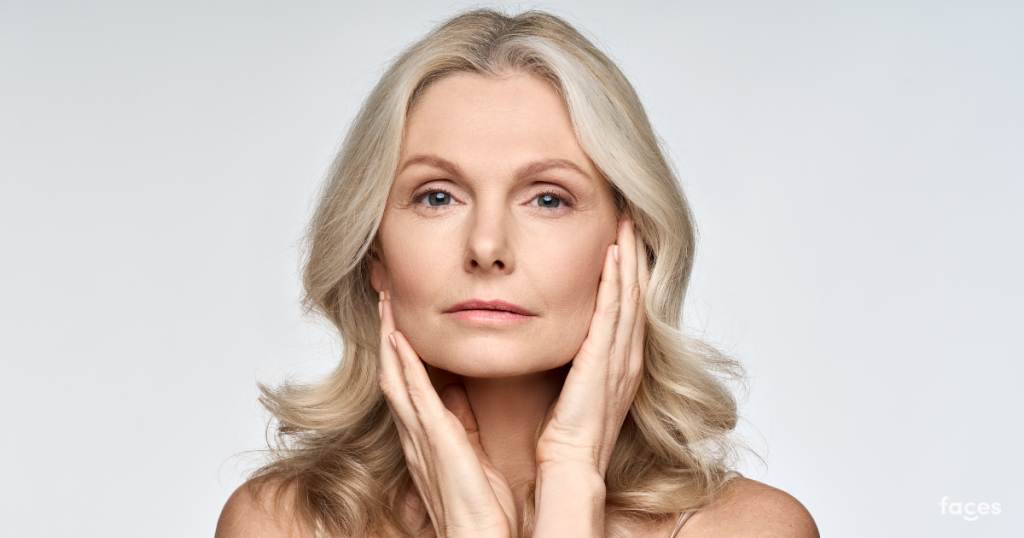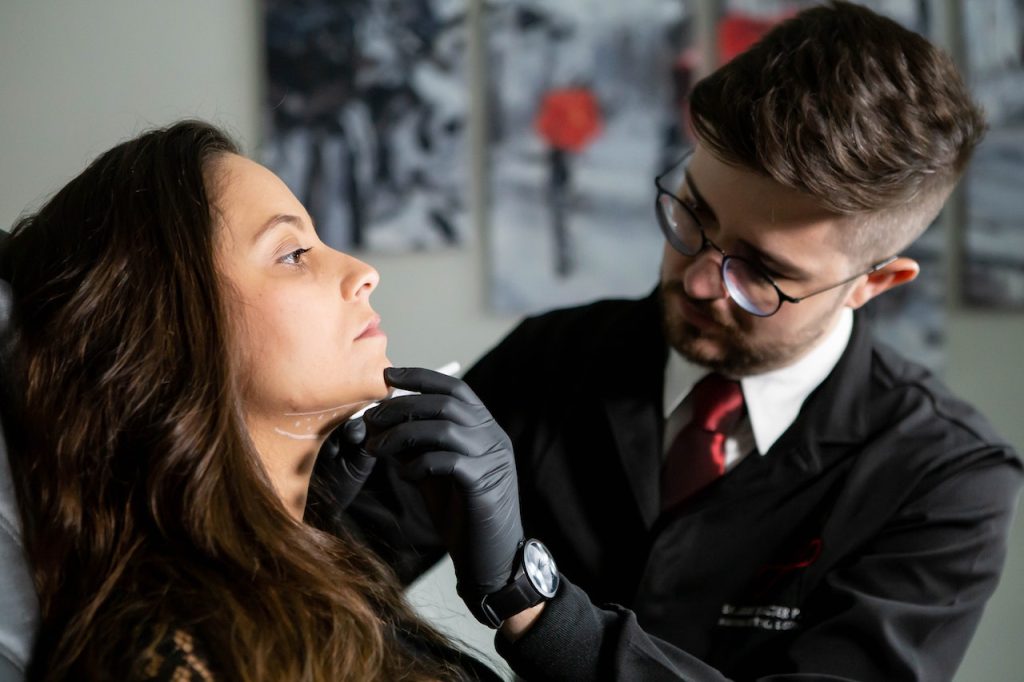
Marketing is a process, not an event. It has a beginning and a middle – but not an end in facial aesthetic treatment. Generally speaking, it involves communicating with the public to influence them to buy your products or services. It’s about effective communication regarding who you are and what you do.
The Importance of Initial Contact in Marketing
Let’s look at this process a little further. The marketing costs have tripled, but effectiveness has halved, so you need to make the most of your activities. There are two elements:
1. Initial Contact
This is critical to the success of any marketing endeavour. Patients will make a snap decision about your promotion, branding, offer, etc., within seconds. If it is not remarkable or fails to stand out for some reason, you will be lost within the clutter they are bombarded with daily. Indeed, the most significant marketing challenge is the clutter factor.
2. Ongoing Contact
Also known as TOMA (top-of-mind awareness). Many patients will need timely reminders of your facial aesthetic services (such as newsletters, emails and texts). Big corporates do this exceedingly well. Here’s an exercise for you: name a soft drink, a fast-food chain, and a luxury car manufacturer.
The Necessity of a Comprehensive Facial Aesthetic Marketing Strategy
Most of you probably thought “Coca-Cola” or “Pepsi”, “McDonald’s” or “Burger King”, and “Mercedes” or “BMW”. Their reasoning for their continuous spending is that they will be your first port of call when you are ready to make that purchase.
Comprehensive Marketing Strategy
Without initial and ongoing marketing strategies, you will fail to attract patients to your services. You may be the finest clinician, have outstanding customer care, and have the patient’s best interest at heart, but if they don’t know about the services in the first place, you won’t have any clients.
It would be best if you also thought long-term, so have a marketing plan for the year. It can tie in with special events such as Valentine’s or Mother’s Day, so you have a systematic approach to what you’re going to market when you’re going to market it and to whom you’re going to sell it. This way, you won’t have a knee-jerk reaction to one month when your turnover is not as good as you hoped, so you decide to spend a couple hundred pounds to produce an advert. Stick with a plan and commit to it.
To quote Bobby and Shahar Hashemi from their book, Anyone Can Do It: Building Coffee Republic from Our Kitchen Table: ‘Don’t expect customers to flock to you. Success is not an entitlement. Like the rest of the world, they don’t appreciate new ideas easily. Good things take time to come. You must see that customers, like every other hurdle you pass – i.e. bankers, suppliers – will not buy into your vision initially. It won’t be easy at the beginning. You’ll need stick-ability. Keep focused, and you will succeed.’

Budgeting
Next, you need to look at your budget. In the first year, it is normal for a new enterprise to set the marketing budget as a percentage of gross turnover expected to be generated during this period. This will come from the detailed financials in your business plan. The budget for the following year could be a percentage of the forecast net profit, the thinking being that, in year one, you have to invest in creating patient awareness of the new venture.
The marketing budget has to cover all the expenditures that go into launching the business and the ongoing requirements to create and maintain local patient awareness of the facial aesthetic treatments available. Once established, you must review the budget monthly and justify any expenditure. Every patient must be asked how they learned about their facial aesthetic treatments. This will make media selection and planning for the second year much more cost-effective.
By implementing the above system, you should avoid the pitfall of Lord Leverhulme (the British founder of Unilever), who once said: ‘Half the money I spend on advertising is wasted, and the problem is I don’t know which half’.
Goals Beyond Finances
You may have different goals regarding what outcome you hope to achieve via marketing efforts. Do you want to build a world-class brand? Or create a unique position in the mind of the customer? You may aspire to get the customer through the door and buy repeatedly. What about a desire to motivate a happy customer to refer people that they know?
You also need to consider your goals in functional terms, for example, the number of new patients. Do you have the capacity for new patients? You need to consider the number of conversions, the percentage of referrals, etc.
Know Your Limits
A word of warning is essential here; since botulinum toxin is a prescription-only medicine (POM), there are certain restrictions you need to adhere to when marketing facial aesthetic treatments. For further information on the advertising guidelines of this POM, please refer to:
• http://bit.ly/1QG18T4; and
Meet Dr. Harry Singh
Dr. Harry Singh is a renowned figure in aesthetics, bringing an extensive blend of clinical skills, entrepreneurial spirit, and a passion for teaching. His journey from a family man and clinician to an author, speaker, and multiple-business owner is inspiring. He stands out with his eagerness to share knowledge, including the successes and challenges in establishing a successful aesthetic practice.
For more insights and perspectives from Dr. Singh, visit Botulinum Toxin Club.










